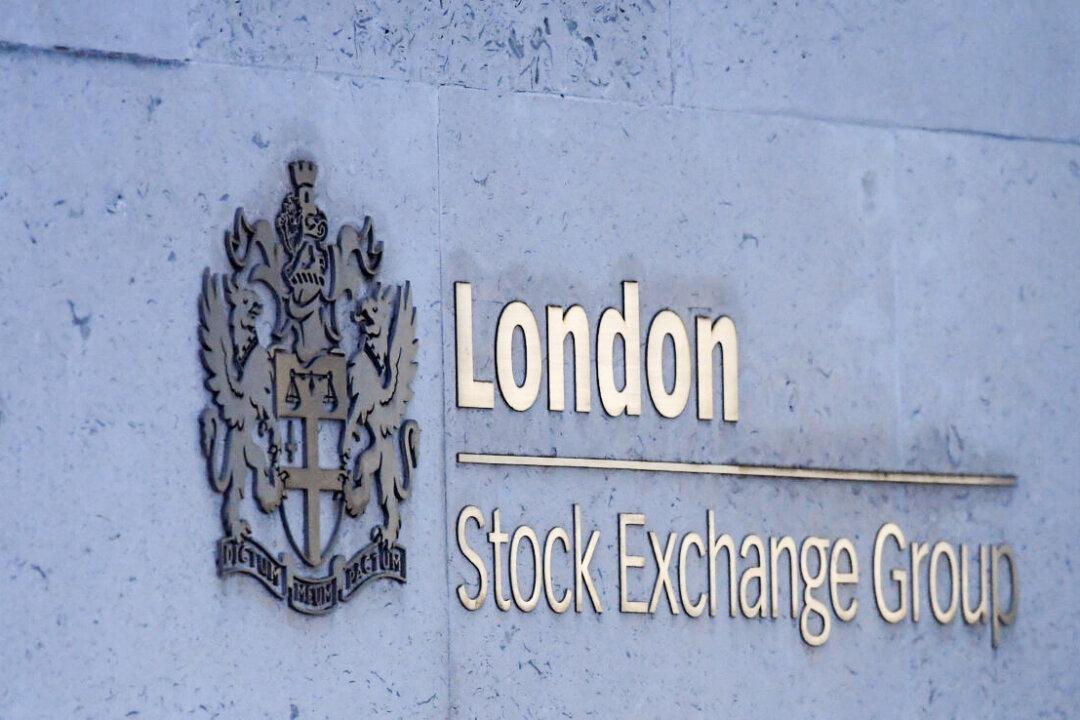More Chinese companies will be able to raise funds outside of China as the Shenzhen Stock Exchange (SZSE) on Tuesday became the second Chinese bourse after Shanghai to connect with the London Stock Exchange Group (LSEG).
According to the SZSE, the two stock exchanges signed a Memorandum of Understanding (MoU), allowing the two cities to “explore and advance multi-level collaborations” on market development, product innovation, and information exchange.





